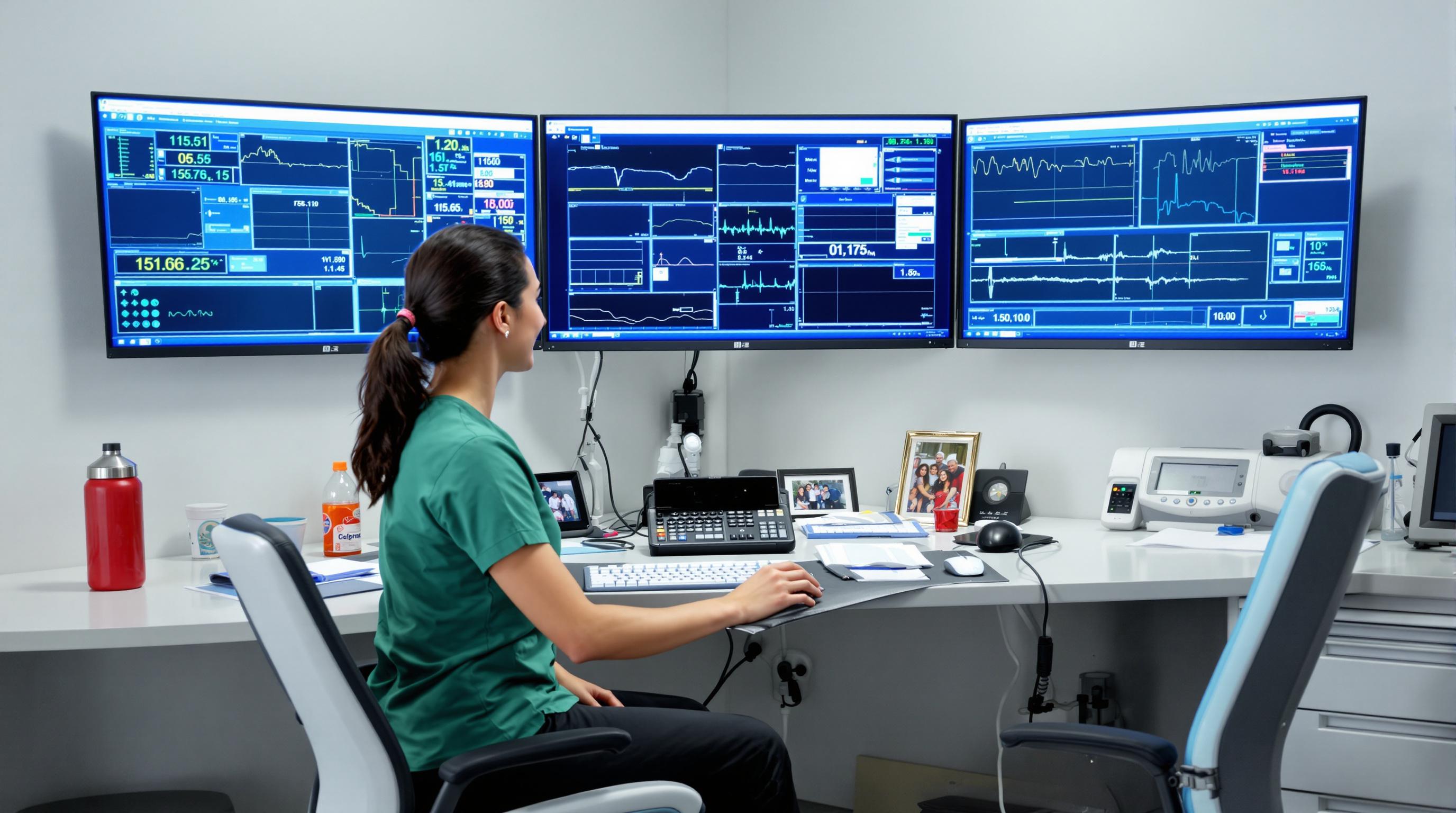Understanding plasma exchange fundamentals
Plasma exchange, also known as therapeutic plasma exchange (TPE), is an advanced medical procedure that involves removing and replacing a patient's blood plasma. To understand this treatment, we must first examine what plasma is and its vital role in our body.
Plasma: The vital component of blood
Plasma is one of four main elements that constitute blood, alongside red blood cells, white blood cells, and platelets. It is primarily composed of water (about 90%) containing dissolved electrolytes and essential proteins. These proteins serve two critical functions: protecting against foreign substances like cancer cells, viruses, fungi, and bacteria, while also helping control bleeding.
Distinguishing plasma exchange from plasmapheresis
While these terms are often used interchangeably, there's an important distinction. Plasmapheresis is specifically the process of obtaining plasma from blood, often used to collect donor plasma. Plasma exchange, however, is a therapeutic procedure where a patient's plasma is removed and replaced with substitute fluid before being returned to their body.
The immune system connection
Plasma plays a crucial role in our immune system by carrying protective proteins and antibodies throughout the body. However, in certain conditions, these same proteins can become harmful. For example, in autoimmune disorders, the plasma may contain antibodies that mistakenly attack healthy tissue. Plasma exchange helps by removing these harmful antibodies while maintaining the body's essential cellular components.
Key components of the procedure
The process involves three essential elements:
- Blood separation equipment that isolates plasma from other blood components
- Anticoagulation medication to prevent blood clotting during the procedure
- Replacement fluid, which can be donor plasma or a specially formulated albumin solution
During a single plasma exchange session, healthcare providers can remove approximately 65-70% of the disease-causing proteins from a patient's plasma, making it an effective intervention for various medical conditions.

The plasma exchange procedure step by step
The therapeutic plasma exchange procedure begins with thorough pre-procedure preparation. Patients are advised to drink large amounts of non-carbonated, non-alcoholic beverages for a couple of days before treatment and eat a meal prior to the scheduled procedure.
Access to the bloodstream is established through either two intravenous (IV) lines placed in separate arms or a central venous catheter (central line) inserted into a large vein leading to the heart. For patients requiring multiple treatments, a central line is typically preferred as it can remain in place throughout the treatment course.
During the procedure itself:
- Small amounts of blood are gradually removed through the IV or catheter
- The blood passes through a specialized machine that separates it into different components
- The plasma portion is isolated and removed
- The remaining blood cells (red cells, white cells, and platelets) are mixed with replacement fluid
- The reconstituted blood is returned to the patient through the second IV line or catheter
The replacement fluid typically consists of:
- Albumin solution (a vital protein) mixed with saline
- Donor plasma in some cases
- An anticoagulant (usually citrate) to prevent blood clotting
A single procedure typically removes 65-70% of disease-causing proteins from the plasma. The entire process takes 2-3 hours per session, though duration can vary depending on the patient's size and condition.
Throughout the treatment, patients are closely monitored by specialized staff who check vital signs including blood pressure, heart rate, and calcium levels. Patients may experience mild numbness, tingling, light-headedness, or nausea during the procedure. They can usually engage in light activities like reading or watching TV while connected to the machine.
After the procedure, patients often feel tired and are advised to drink plenty of fluids. A family member or friend should provide transportation home. Most treatment protocols involve one exchange every 2-3 days for a total of 5-10 sessions, though this can vary based on the specific condition being treated and individual response to therapy.

Medical conditions treated with plasma exchange
Therapeutic plasma exchange (TPE) is used to treat a wide range of medical conditions, particularly those involving abnormal antibodies or proteins in the blood. Here are the main categories of conditions where TPE has proven effective:
Neurological Disorders
Multiple sclerosis (MS): TPE helps remove harmful antibodies from plasma that attack the body during sudden, severe symptoms. It's particularly effective when used within 14-20 days of symptom onset.
Guillain-Barré syndrome: This condition occurs when the immune system attacks the nerves. TPE filters out the attacking antibodies from plasma, helping to reduce nerve damage and improve recovery outcomes.
Myasthenia gravis: When antibodies mistakenly attack healthy tissue, plasma exchange helps by filtering out these abnormal antibodies, leading to significant symptom improvement.
Blood Disorders
Thrombotic thrombocytopenic purpura (TTP): This condition causes blood clots in small arteries throughout the body. TPE removes unhealthy plasma and replaces it with donor plasma, dramatically reducing mortality rates from >90% to <10%.
Cryoglobulinemia: When proteins called cryoglobulins clump together in blood, they can clog arteries and cause inflammation. TPE removes these harmful proteins before they can cause organ damage.
Other Conditions
- Waldenström macroglobulinemia: TPE filters excess immunoglobulin M from plasma in this rare blood cancer
- Chronic inflammatory demyelinating polyneuropathy (CIDP): Regular plasma exchange helps manage symptoms by removing harmful antibodies
- Goodpasture syndrome: TPE assists in removing anti-glomerular basement membrane antibodies
- Systemic lupus erythematosus (SLE): The procedure helps remove harmful autoantibodies that cause inflammation
Benefits and therapeutic outcomes
Research demonstrates that therapeutic plasma exchange (TPE) delivers significant clinical benefits across multiple conditions, with effectiveness varying based on timing and specific disorders.
For neurological conditions, studies show particularly promising outcomes. According to clinical data, approximately 50% of patients with MS relapses who don't respond to steroid treatment show improvement after 5-7 TPE sessions. The key factor is early intervention - optimal results are achieved when treatment begins within 14-20 days of symptom onset.
A comprehensive study of 36 patients with progressive MS revealed:
- 50% showed significant improvement in their Expanded Disability Status Scale (EDSS)
- 44% maintained stable condition
- Only 6% experienced further deterioration
The effectiveness varies between different forms of MS: 71% improvement rate in active primary progressive MS compared to 43% in secondary progressive MS. TPE also demonstrated remarkable success in reducing relapse frequency - from 16 reported relapses the year before treatment to only 2 relapses in the following year.
For non-neurological conditions, TPE has shown notable therapeutic value. In cases of thrombotic thrombocytopenic purpura (TTP), plasma exchange therapy has dramatically improved outcomes, reducing mortality rates from over 90% to less than 10% over time.
The procedure's efficiency is particularly noteworthy: a single TPE session can remove 65-70% of disease-causing proteins (antibodies) from plasma. Multiple sessions typically lead to cumulative benefits, with most treatment protocols recommending 5-10 sessions for optimal results.
Clinical improvement is often observed within 24 hours of treatment, particularly in myasthenia gravis cases. This rapid response, combined with immunosuppressive therapy, has made TPE an invaluable treatment option for acute exacerbations of various autoimmune conditions.
Risks and potential complications
While therapeutic plasma exchange is generally considered safe when performed by experienced healthcare providers, patients should be aware of potential risks and complications that can occur during or after the procedure.
The most common side effects include:
- Hypotension (low blood pressure)
- Tingling sensations in lips, hands or feet
- Muscle cramps
- Nausea and dizziness
- Fatigue after the procedure
More serious complications, though rare, can include:
- Bleeding risks due to changes in blood clotting factors
- Potential infections from central line catheter placement
- Allergic reactions to replacement fluids
- Changes in electrolyte levels, particularly calcium
- Anaphylaxis (in approximately 0.5-3% of cases)
To minimize these risks, healthcare providers take several preventive measures:
- Continuous monitoring of vital signs throughout the procedure
- Administration of calcium supplements to prevent hypocalcemia
- Use of sterile techniques for catheter placement
- Pre-medication to reduce allergic reactions
The overall incidence of adverse reactions is approximately 9.93%, with severe complications occurring in less than 1% of cases. Most side effects can be quickly identified and managed by the medical team overseeing the procedure.
Latest advances in plasma exchange therapy
Modern therapeutic plasma exchange has evolved significantly with the introduction of cutting-edge technologies and equipment. The latest COBE Spectra apheresis machines now offer enhanced precision in separating blood components while maintaining optimal patient safety during the procedure.
One of the most significant advances is the development of automated centrifuge systems that can more efficiently separate plasma from cellular components. These systems provide better control over the exchange process, allowing for more precise removal of harmful substances while preserving essential blood elements.
Recent innovations have also improved the replacement fluids used in TPE. Advanced albumin solutions enriched with vitamins are now being utilized to provide better nutritional support during the procedure. This enhancement helps optimize the body's internal environment and supports overall cellular health.
Emerging applications of TPE now include:
- Preventive treatments for individuals with elevated lipoprotein levels
- Proactive therapy for those with family history of neurodegenerative disorders
- Enhanced protocols for managing chronic inflammatory conditions
- Specialized treatments for COVID-19 recovery using convalescent plasma
Research is showing promising results in using TPE as a longevity optimization treatment. Studies indicate that regular plasma exchange may help reduce systemic inflammation and slow the aging process by removing harmful proteins that accumulate over time.
Modern TPE procedures now incorporate advanced monitoring systems that track real-time changes in patient vital signs and blood composition. This technology allows healthcare providers to make immediate adjustments during treatment, ensuring optimal outcomes while minimizing potential complications.
Clinical trials are currently exploring the potential of personalized plasma exchange protocols based on individual patient profiles. These protocols utilize comprehensive baseline testing and toxicity assessments to customize treatment parameters for maximum effectiveness. The integration of artificial intelligence in analyzing patient data is helping optimize treatment schedules and replacement fluid compositions.
